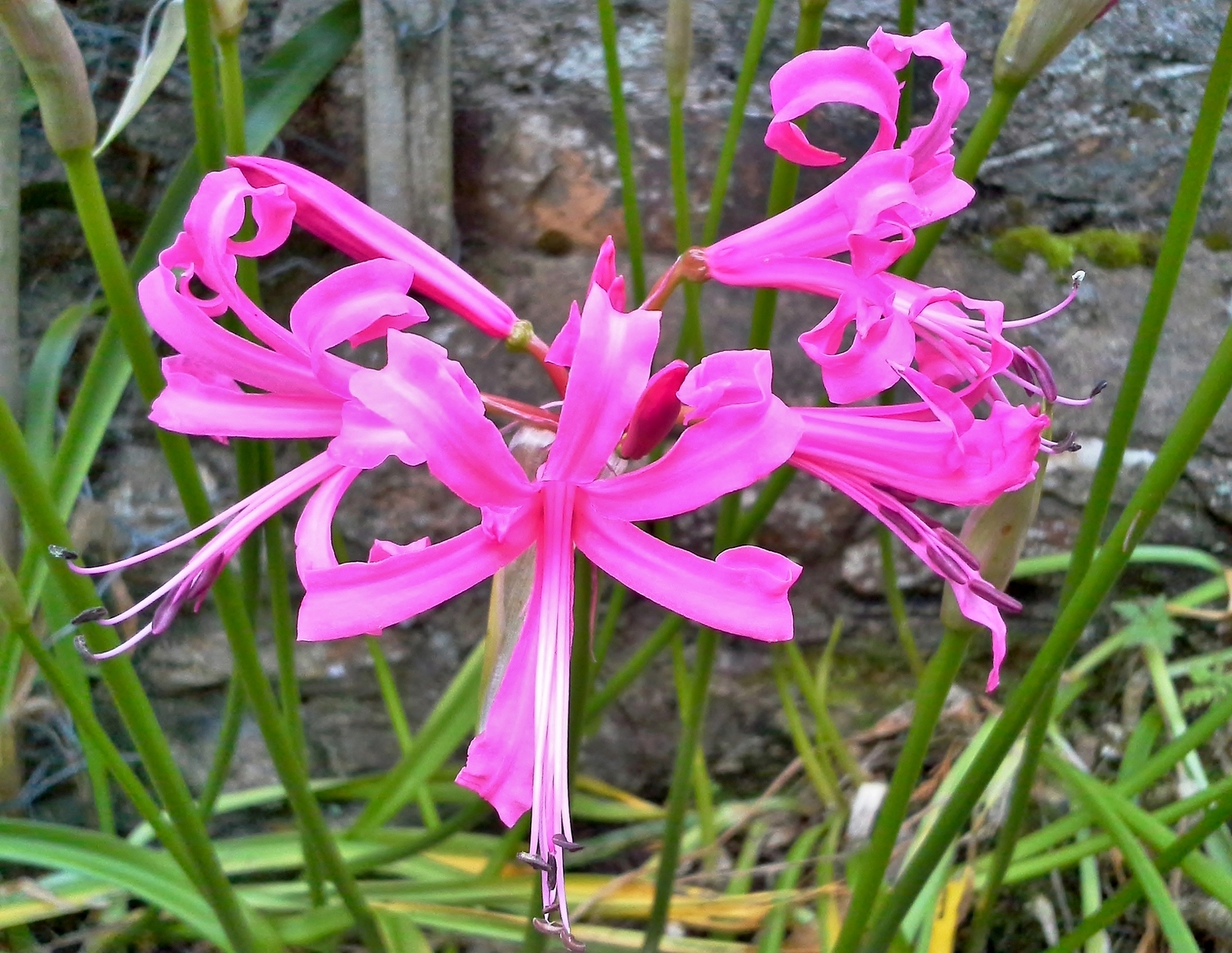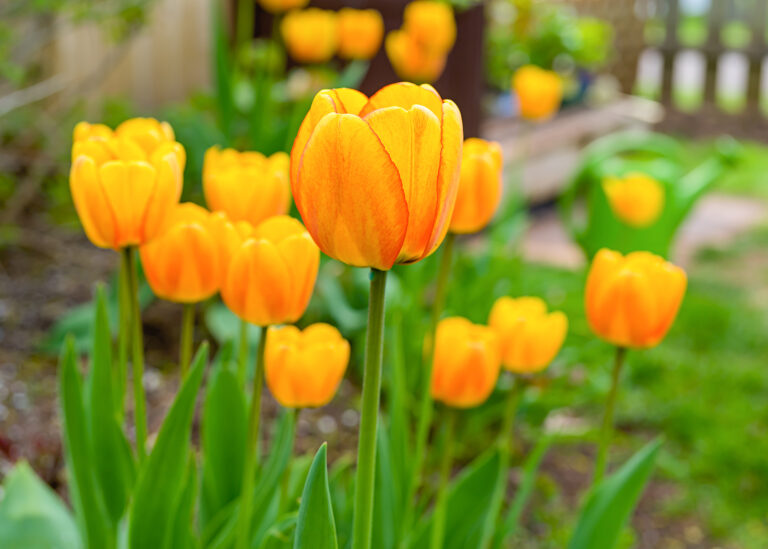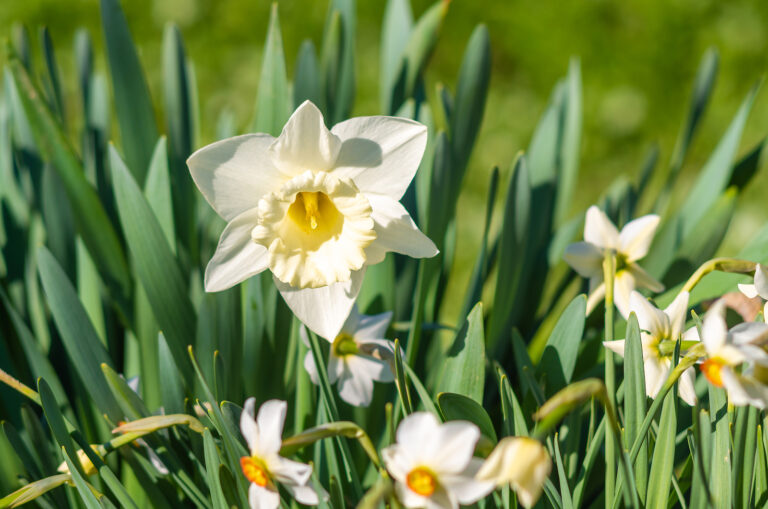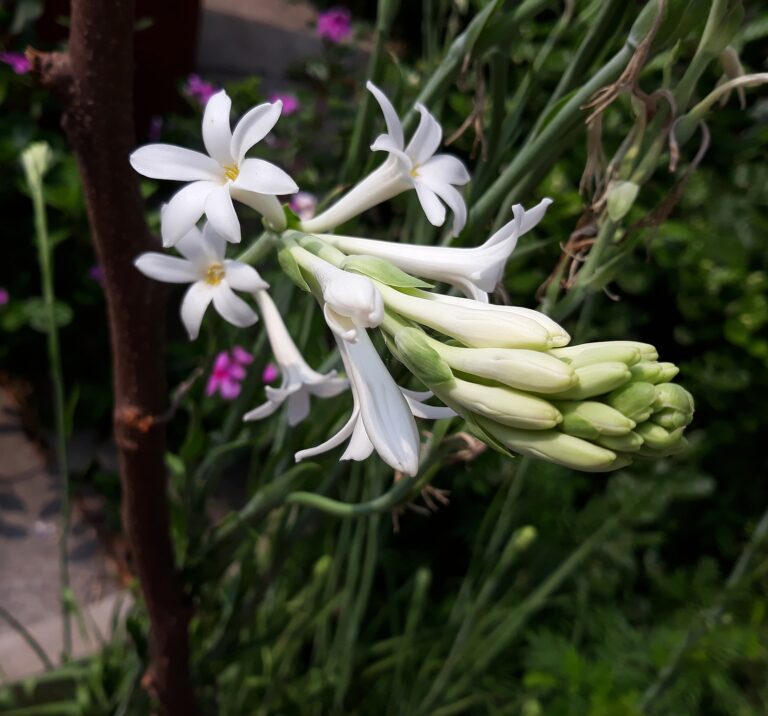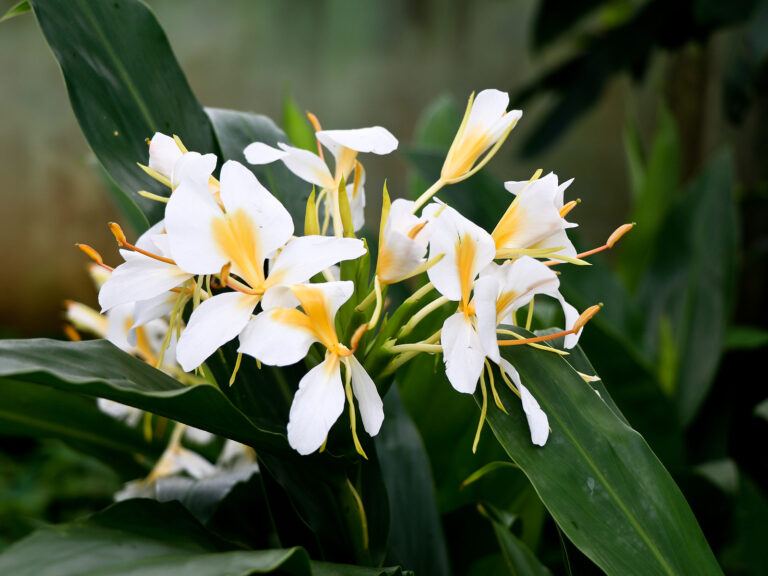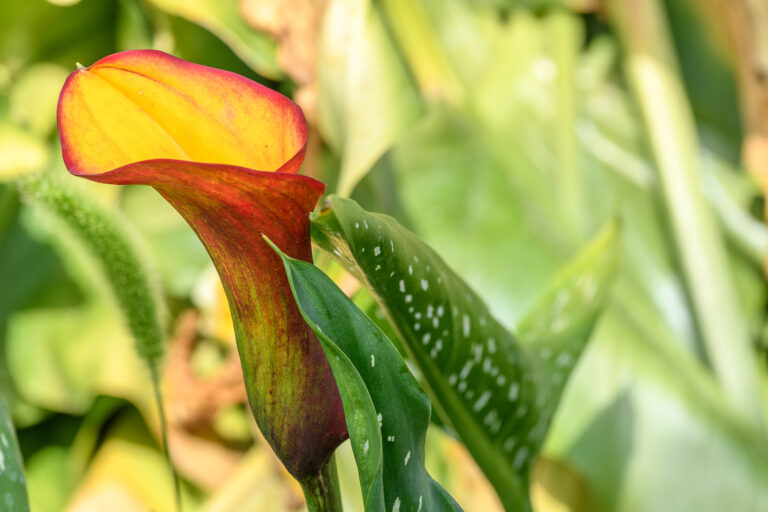How to Grow Nerine — Guernsey Lily
Nerine is an autumn-flowering bulb that bears showy funnel-shaped flowers that bloom in clusters. Nerine is dormant in summer; flowers appear in autumn before leaves appear. Flowers are produced in umbels of 2 to more than 20 blooms at the top of fleshy, leafless stems.
Nerine flowers resemble loose, lily-like trumpets or are spidery in appearance. Blooms have narrow, reflected tepals with ways edges along with prominent stamens.
Nerine requires a mild climate with a dry summer dormant period. Flowers and leaves appear in autumn; leaves last partways through winter. Nerine grows best in well-drained soil in full sun.
Nerine can be grown outdoors or indoors in containers but does not like to be disturbed. During the dormant period, set pots with Nerine bulbs in a cool place and keep them dry.
Nerine is a genus of about 30 species native to southern Africa.
Get to know Nerine
- Plant type: Bulbous perennial
- Growing zones and range: Zones 8-10
- Hardiness: Half-hardy; bring Nerines indoors before temperatures dip below 50°F (10°C)
- Height and width: 12 to 24 inches (30-60cm) tall and about 5 inches (13cm) wide
- Foliage: Strap-shaped, semi-erect basal leaves; leave are deciduous; leaves appear after flowers
- Flowers: Umbels of funnel-shaped lily-like flowers with reflexed, often wavy-margined tepals; flowers bloom in clusters on top leafless stems; umbels of 2 to 20 blooms
- Bloom time: Autumn
- Uses: Border or rock garden, houseplant
- Common name: Nerine, Guernsey lily
- Botanical name: Nerine
- Family name: Amaryllidaceae
- Origin: Southern Africa
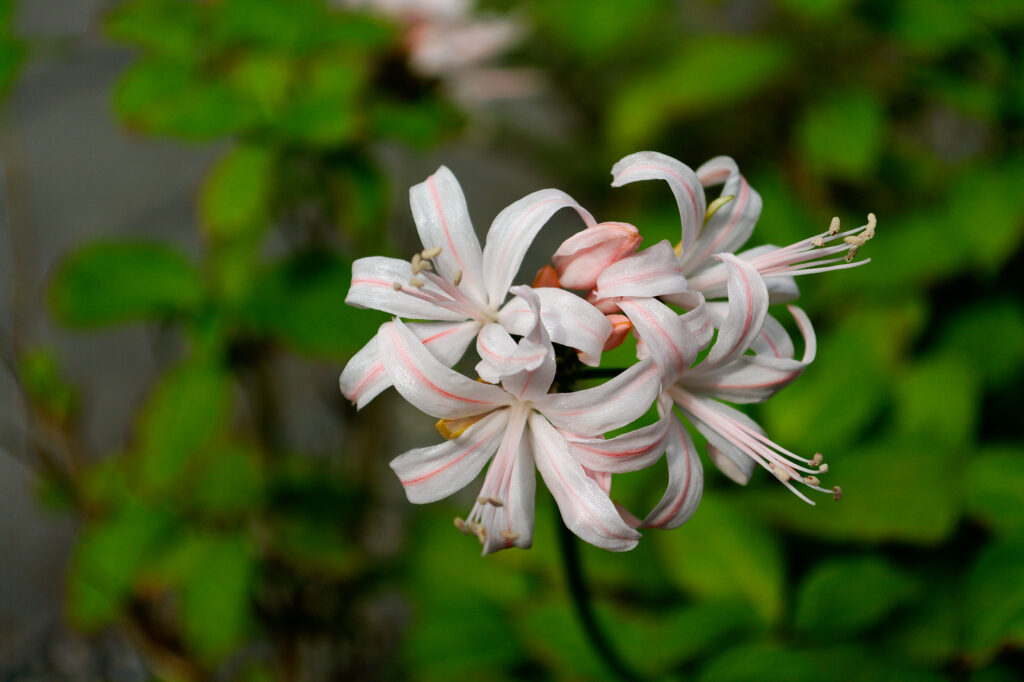
Where to plant Nerine
- Light outdoors: Grow Nerine in full sun.
- Light indoors: Nerine needs full light indoors.
- Soil outdoors: Plant in rich, well-draiend soil.
- Soil indoors: In containers, plant Nerine in a rich, soilless potting mix.
When to plant Nerine
- Plant Nerine bulbs in spring.
Planting and spacing Nerine
- Space Nerine 5 inches (13cm) apart.
- Plant Nerine bulbs 5 to 6 inches (12-15cm) deep.
How to water and feed Nerine
- Water Nerine freely during active growth.
- After flowerig, apply a low-nitrogen fertilizer.
Nerine care
- Give Nerine a deep mulch in winter where marginally hardy.
- Keep Nerine warm and dry when dormant in summer.
Growing Nerine as a houseplant
- Grow Nerine in a cool temperature, direct light and average to high humidity.
- Plant in rich, soilless medium with half the bulb extending above the surface of the medium.
- Water well, and then allow the medium to dry slightly between waterings.
- Fertillze ever two weeks from the time growth starts unitl early spring, when the foliage turns yellow and dies down.
- Store th bulbs in pots in a dark 50°F (10°C) are unitl midsummer when th plant should be watered and brought back into the house, and the proces repeated.
Nerine pests and diseases
- Nerine is prone to attack by mealybugs, thrips, spier mites, scale insecsts, and slugs.
- Botrytis blight, leaf spot, and virus are common diseases.
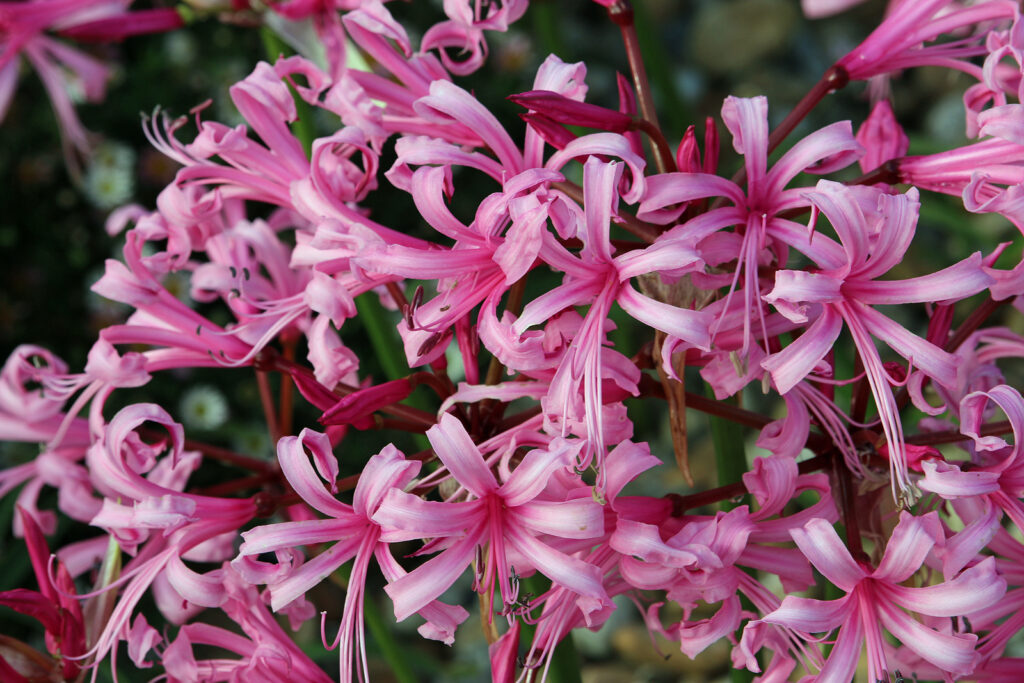
Nerine propagation
- Divide Nerine bulbs or remove and plant the small bulblets that form at the base of the main bulb.
- Sow seed in spring.
Nerine varieties to grow
- Nerine bowdenii, Nerine. Grows to 18 inches tall; bears umbels of six or seven funnel-shped, 3-inch-long pink flowers in fall; blooms have wavy-edged tepals and musky scent.
- N. sarniensis, Guernsey lily. Leaves to 12 inches; flowers are crimson and crisped petals and bright red stamens; flowrs bloom on 18-inch stems. ‘Maxima’ has larger flowers.

